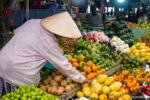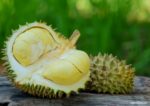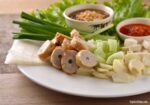Southeast Asia, a region brimming with biodiversity and cultural richness, is the cradle of one of the world’s most cherished fruits: the banana. The region’s tropical climate and fertile soil provide ideal conditions for cultivating an astounding variety of bananas, each with its own unique characteristics and flavors. This comprehensive exploration delves into the diverse banana varieties found across Southeast Asia, highlighting their distinctive qualities, cultural significance, and culinary applications.
Origins and Cultural Significance
Bananas have a deep-rooted history in Southeast Asia, with their cultivation tracing back thousands of years. These fruits are more than just a dietary staple; they hold significant cultural and religious value. In many Southeast Asian cultures, bananas feature prominently in traditional rituals and ceremonies. For example, in Thailand, bananas are integral to offerings made to spirits and deities, symbolizing prosperity and fertility. In the Philippines, bananas are often used in festive decorations and celebrations, reflecting their importance in daily life and spiritual practices.
Bananas are also celebrated in various local festivals. In Vietnam, the Tết festival (Lunar New Year) includes banana offerings on ancestral altars, while in Indonesia, bananas are an essential part of the rice harvest festival, symbolizing gratitude for the abundance of nature. These cultural connections underscore the profound role bananas play in the social and spiritual fabric of Southeast Asia.
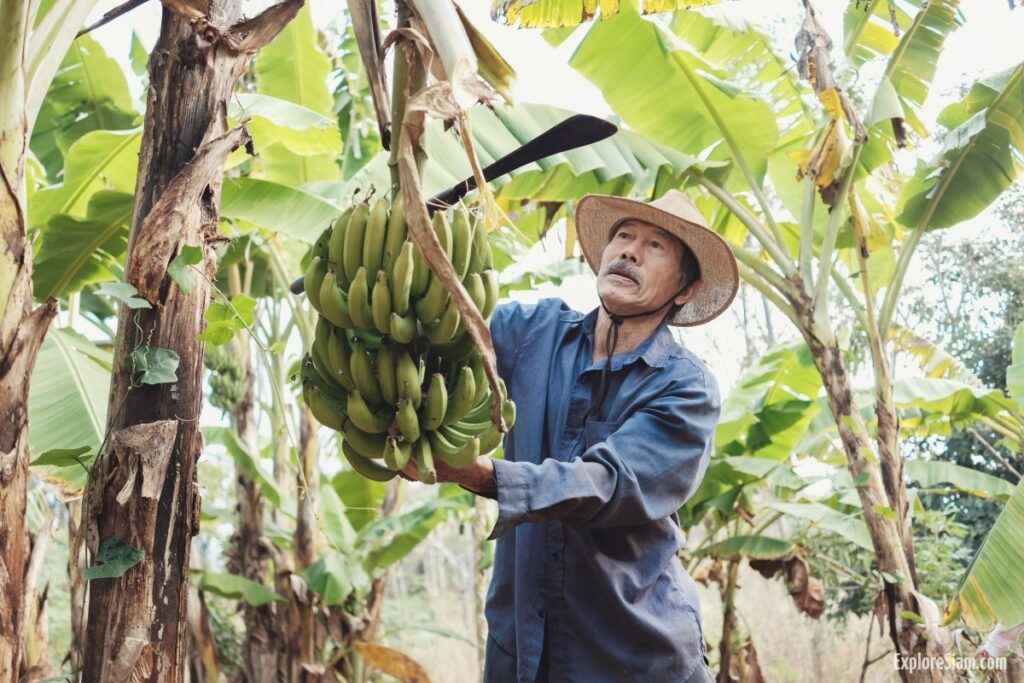
Pisang Raja: The King of Bananas
Pisang Raja, also revered as the “King of Bananas,” holds a special place in Indonesian and Malaysian cuisine. This variety is characterized by its large, plump fruits with a thick yellow skin. The flesh is firm yet tender, offering a sweet and slightly tangy flavor that makes it a favorite for both fresh consumption and culinary preparations. In Indonesia, Pisang Raja is a key ingredient in traditional dishes such as Pisang Goreng (fried bananas) and Kolak Pisang, a sweet dessert made with coconut milk, palm sugar, and pandan leaves. The banana’s rich taste and texture enhance these dishes, making them beloved staples.
In Malaysia, Pisang Raja is equally cherished and often used in making Kek Pisang (banana cake) and Pengat Pisang, a dessert of bananas simmered in coconut milk with a hint of cinnamon. The versatility of Pisang Raja extends to its use in savory dishes, where it provides a delightful contrast to spicy flavors.
Nam Wah: The Thai Delight
Nam Wah bananas are a popular variety in Thailand, known for their small to medium size and thin green to yellow skin. These bananas have a creamy texture and a mild, sweet flavor that makes them perfect for snacking and cooking. In Thai cuisine, Nam Wah bananas are a staple in desserts such as Kluai Buat Chi, where they are cooked in coconut milk, and Khanom Kluay, a steamed banana cake that showcases the fruit’s natural sweetness.
Nam Wah bananas are also used in savory dishes, adding a subtle sweetness to spicy curries and salads. Their versatility makes them a valuable ingredient in Thai kitchens, where they can be found in everything from breakfast dishes to evening snacks. The banana’s ability to blend harmoniously with various flavors underscores its importance in Thai culinary traditions.
Saba: The Filipino Staple
In the Philippines, the Saba banana is a culinary cornerstone. This variety is known for its squat, angular shape and thick, dark green skin that turns yellow when ripe. Saba bananas are starchy and slightly sweet, making them ideal for cooking. They are a vital component of many traditional Filipino dishes, including Turon (banana spring rolls), Arroz a la Cubana (a dish featuring ground beef, rice, and fried bananas), and Banana Cue (deep-fried caramelized bananas on a stick).
The versatility of Saba bananas extends beyond desserts. They are often used in savory dishes, where they are boiled, grilled, or included in stews and soups. One notable example is Pochero, a hearty stew made with pork, chickpeas, and saba bananas. This dish highlights the banana’s ability to absorb and complement the flavors of the other ingredients, adding a unique dimension to Filipino cuisine.
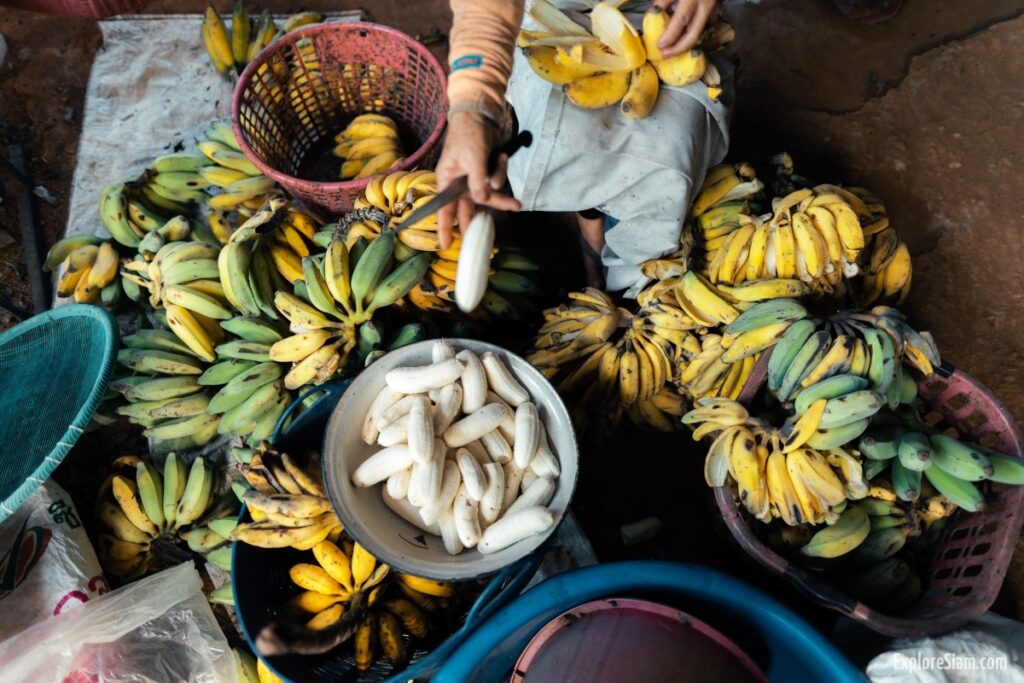
Lakatan: The Golden Banana
Lakatan bananas are another beloved variety in the Philippines, prized for their rich flavor and vibrant orange flesh. These bananas are slightly shorter and thicker than the common Cavendish bananas, with a sweet, aromatic taste that is perfect for fresh consumption. Lakatan bananas are often used in making traditional Filipino desserts such as Minatamis na Saging (sweetened bananas in syrup) and Saging con Yelo (bananas with shaved ice and milk), showcasing their natural sweetness and appealing texture.
The high sugar content of Lakatan bananas also makes them an excellent choice for smoothies and milkshakes, providing a natural sweetness that pairs well with other fruits and flavors. In addition, Lakatan bananas are often used in baking, adding moisture and flavor to cakes, muffins, and bread.
Kluai Khai: The Golden Egg Banana
Kluai Khai, or “Golden Egg Banana,” is a small, sweet variety native to Thailand. These bananas are enjoyed both fresh and in various Thai desserts. Kluai Khai bananas have a thin skin that turns bright yellow when ripe, and their flesh is creamy and fragrant. They are a popular ingredient in traditional Thai sweets like Khanom Thien, a sticky rice cake wrapped in banana leaves, and Kluai Thot, deep-fried bananas that are a popular street food.
In addition to their use in desserts, Kluai Khai bananas are also a common ingredient in savory dishes, where they provide a delicate sweetness that balances spicy and salty flavors. The banana’s small size and rich flavor make it a favorite among Thai cooks, who appreciate its versatility and ease of preparation.
Pisang Mas: The Golden Banana of Malaysia
Pisang Mas, known as the “Golden Banana” in Malaysia, is a small, finger-sized variety with a sweet, honey-like flavor. These bananas have a thin, bright yellow skin and are typically eaten fresh. They are also used in Malaysian desserts such as Kuih Nagasari, a steamed banana cake made with rice flour and coconut milk, and Pisang Rebus, boiled bananas served with grated coconut and palm sugar.
Pisang Mas bananas are often preferred for making banana chips due to their firm texture, which holds up well during the frying process. The banana’s natural sweetness and delicate flavor make it a popular choice for snacks and desserts, as well as a nutritious addition to breakfast dishes.
Red Banana: The Exotic Beauty
Red bananas, with their striking maroon skin and sweet, creamy flesh, are a unique variety found across Southeast Asia. These bananas are larger and plumper than the common yellow Cavendish bananas, with a flavor that has hints of raspberries and mangoes. Red bananas are typically eaten fresh but are also used in fruit salads, desserts, and smoothies.
The vibrant color of red bananas makes them an attractive addition to any dish, providing both visual appeal and a rich, sweet taste. They are often used in baking, where their natural sweetness enhances cakes, muffins, and bread. Red bananas are also popular in traditional medicine, believed to have various health benefits due to their high antioxidant content.
The diverse banana varieties of Southeast Asia not only showcase the region’s rich agricultural heritage but also its cultural and culinary diversity. From the King of Bananas, Pisang Raja, to the exotic Red Banana, each variety offers unique flavors and textures that enrich the local cuisine and traditions. Exploring these banana varieties provides a deeper understanding of Southeast Asia’s vibrant food culture and the essential role bananas play in the daily lives of its people. Whether enjoyed fresh, cooked, or as part of a delectable dessert, the bananas of Southeast Asia are truly a tropical delight, offering endless possibilities for culinary creativity and cultural expression.


